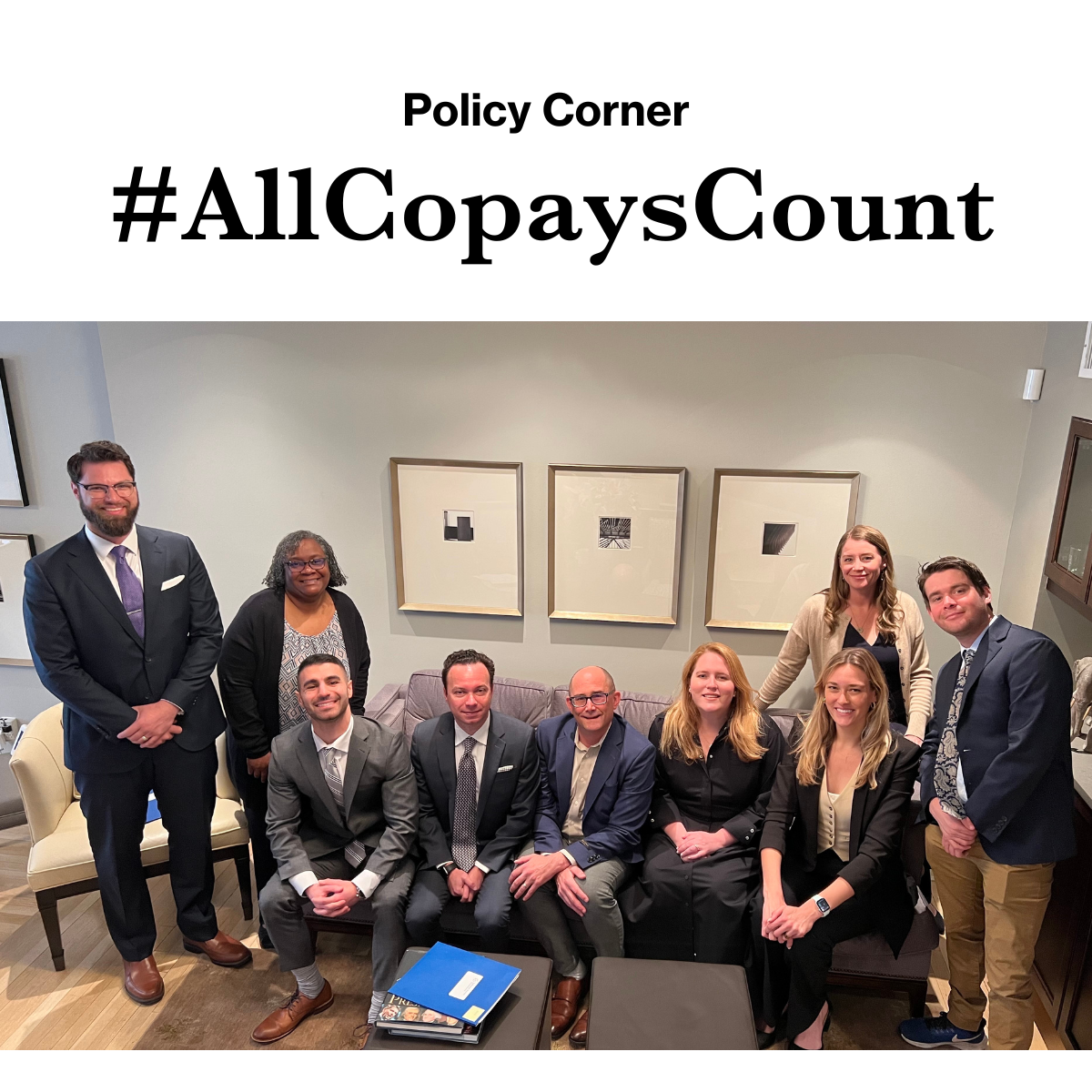Writing is my passion. Often, I am unaware of my most complex thoughts and feelings until my fingers grace a keyboard. For me, writing tends to take on a life of its own as words weave themselves into a symphony of syntax, finally dancing to their own beat. The keyboard calms me.
Although I always cherished being entrusted to help others tell their stories, the weight of my own family’s chronic illness journey left me speechless. And I lost my voice. Then a couple years ago, I found Infusion Access Foundation – A nonprofit that embraces the chronic illness journey and provides a platform to illuminate the patient voice and reduce treatment barriers. Working here, I grew inspired hearing other people’s stories. Although each patient experience was unique, the threads of familiarity between author, reader, and patient knit together a connected community and a unified voice for change. With each story courageously shared, my own armor softened and I too eventually began to find my own voice once again.
My Story
One day, I became ill, and I didn’t get “better.” Well, it wasn’t “one day” exactly. To be more precise, a multitude of symptoms I did not understand began to accumulate for years, creating a snowball effect inside my body and on my life as well. It eventually became so burdensome I could no longer outrun its crushing weight. From misdiagnosed lung disease, to blood clots, bleeding, swelling, extreme exhaustion, purple legs, constant fevers, nausea, vertigo, pain, and sores galore, I felt like I was losing my mind.
While me losing my mind is still up for debate, I also learned I have a rare disease called Vasculitis with Polychrondritis – which essentially means my immune system finds it comical to wreck havoc on my veins and vessels, and the polychondritis part of my disease likes to take down cartilage that is super useful for things like breathing and such. Needless to say, together they can be a doozy when acting up. Right now, my disease is well maintained, and in most regards, I am “healthy.” In fact, some days I feel so well that I think I made this whole chronic disease thing up, and I am not “really” sick. Then on my other “not great” days, I remember my chronic disease and I are still very much a pair for life.
Then the other shoe dropped…
In 2020, after (finally) receiving successful treatments for my own disease, I was starting to feel like I wasn’t constantly treading water for the first time in quite awhile when WHAM! More dismal news. Only, this time the news hit me like a sucker punch to the face that I never saw coming. I discovered both my children had a rare lung and liver recessive genetic disease. It was the kind of news that knocks you to the ground, stealing your breath. It left me once again, speechless. It seemed like a gross joke of odds that I cheekily tagged social media posts with #theluckyones (An inside joke only my husband and I would understand to placate our affinity for dark humor).
I think we can all agree 2020 was a complete ‘dumpster fire’ of a year for most. However, if there was any selfish silver lining that came from that year for my family, it was that I could easily camouflage our battles from friends and acquaintances without needing to explain our absence from social outings. The solitude gave us time to process. However, what began as intentional solitude, transformed into unintentional isolation.
The Taker
Chronic illness is such a thief. It chips away at your identity and breaks your trust. It breaks your trust with your own body, and it breaks your trust with a system that was supposed to protect you, but instead victimizes you.
And what it doesn’t break, it cracks open, often creating wreckage on your finances, family, career, and mental health. Even on your best day, there is an underlying anxiety and fear because you know that tomorrow might not be a “good day” and worry when the rug will be pulled right out from under you.
Invisible Disease Isolation
So what does chronic disease look like exactly? For me it looks like a burdensome and incredibly unrewarding (and expensive!) part-time job. For others, fighting for their health is their full-time job. But in our “no excuses” world we learn to tuck away our pain, put on a brave face, and not complain. However, staying silent about chronic illness only makes each of us feel more isolated and alone.
Feeling this isolation muted my own voice and left me with a loss for words that held true meaning and depth. In fact, it was during the beginning of my family’s chronic illness journeys when I abruptly stopped writing personal essays and reverted to a career in business marketing. Thankfully, my own path led me full circle to right where I needed to be and emboldened my words with intent and purpose once again.
Sharing Your Piece of the Puzzle
Sometimes storytellers like me grow accustomed to sharing stories with a beginning, middle, and end. When it comes to sharing a chronic illness story this is intrinsically challenging when our stories continue to evolve as new victories and hurdles abound continuously. Where do you start? Where do you end? How do you offer hope when you do not feel hopeful? How do you explain trauma without traumatizing? How do you connect without assuming?
But as I listened to more and more patient stories, I discovered one important kernel of truth. Each perspective, each person, each voice, offers a piece of a puzzle that meets someone right where they are at in their own journey. Whether your story is funny, hopeful, tragic, about your best day, or your worst, sharing your voice helps others like you.
And an additional truth, I only now understand… Sharing your story helps you too because though we feel the cracks caused by chronic illness, we choose to let the light shine through.









